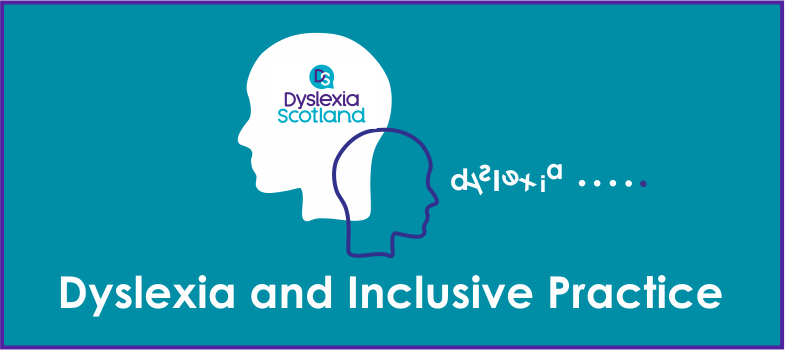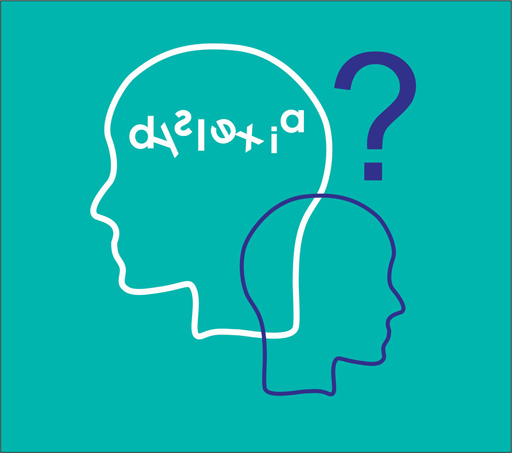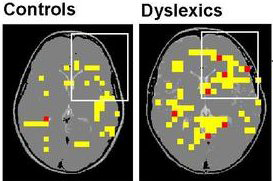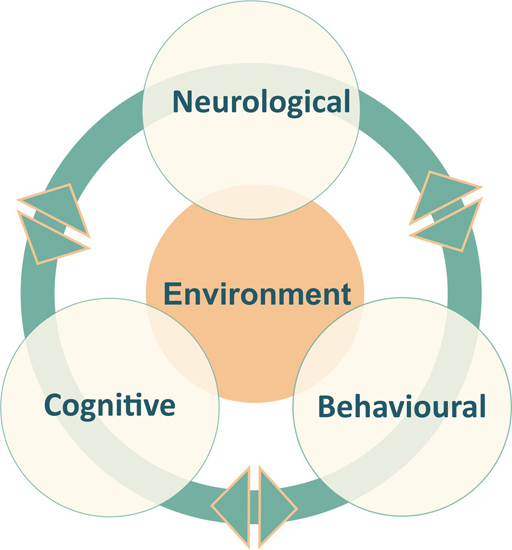3.1 Dyslexia
Advances in medical science have enabled the identification of dyslexia to be understood in greater detail. Neuroscience research through brain imaging has identified diversity in the brain for adolescents and for those with dyslexia. Due to the body of research undertaken over the past few decades by a range of academic and medical researchers, there is an acceptance that when identified appropriately, dyslexia is a recognised learning difference and is the result of a neurological difference and is not a reflection of a learner’s level of intelligence or cognitive ability. The impact of dyslexia as a barrier to learning varies in degree according to the learning and teaching environment.
Frith, in Reid and Weamouth (2002) say dyslexia can be defined as neuro-developmental in nature, with a biological origin and behavioural signs which extend far beyond problems with written language.
In 1999, the American Journal of Neuroradiology, provided evidence that dyslexia is neurological in nature. The interdisciplinary team of University of Washington researchers also showed that dyslexic children use nearly five times the brain area as children who are not dyslexic while performing a simple language task.
Although the images above were taken in 1999 they highlight very clearly the differences between areas of the brain which are activated while performing simple language tasks in yellow. Red indicates areas activated in two or more children. Pic: Todd Richards, University of Washington.
"The dyslexics were using 4.6 times as much area of the brain to do the same language task as the controls," said Todd Richards, co-leader of the study. "This means their brains were working a lot harder and using more energy than the normal children". "People often don't see how hard it is for dyslexic children to do a task that others do so effortlessly," added Virginia Berninger, a professor of educational psychology.
Morton & Frith (1993; 1995) developed a neutral framework for the causal modelling of developmental disorders and applied this modelling to dyslexia. The research highlights that dyslexia can be split into 3 main research areas, all of which inter- link and influence one another.
Neurological - Brain structure and genetic factors
Cognitive - How people learn
Behavioural - How people behave and their reactions to this learning difference
These are influenced by environmental interactions at all levels which include home, nursery, schools and activities. This means that the behaviour of a child with dyslexia would change with time and in different contexts.
Introduction




